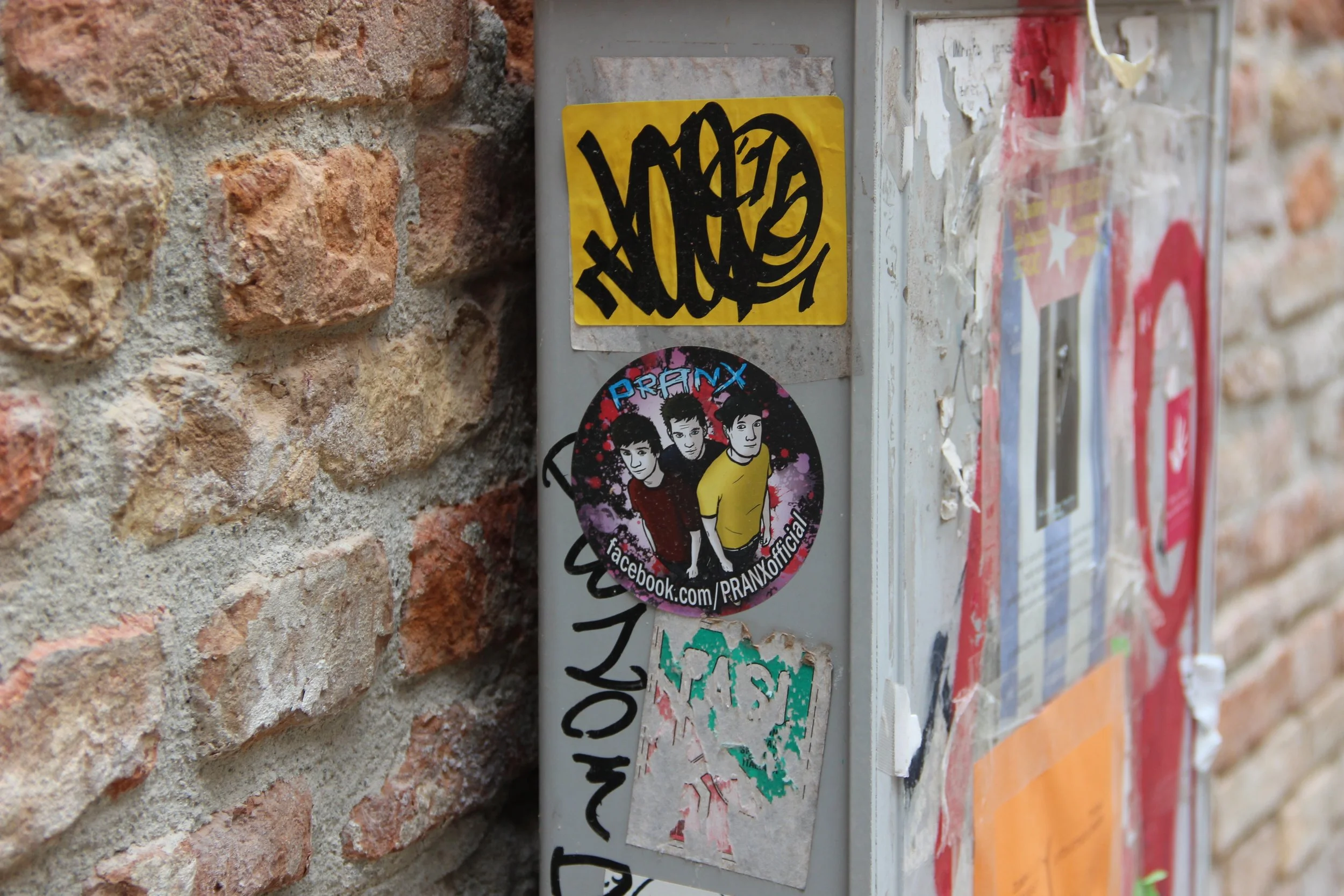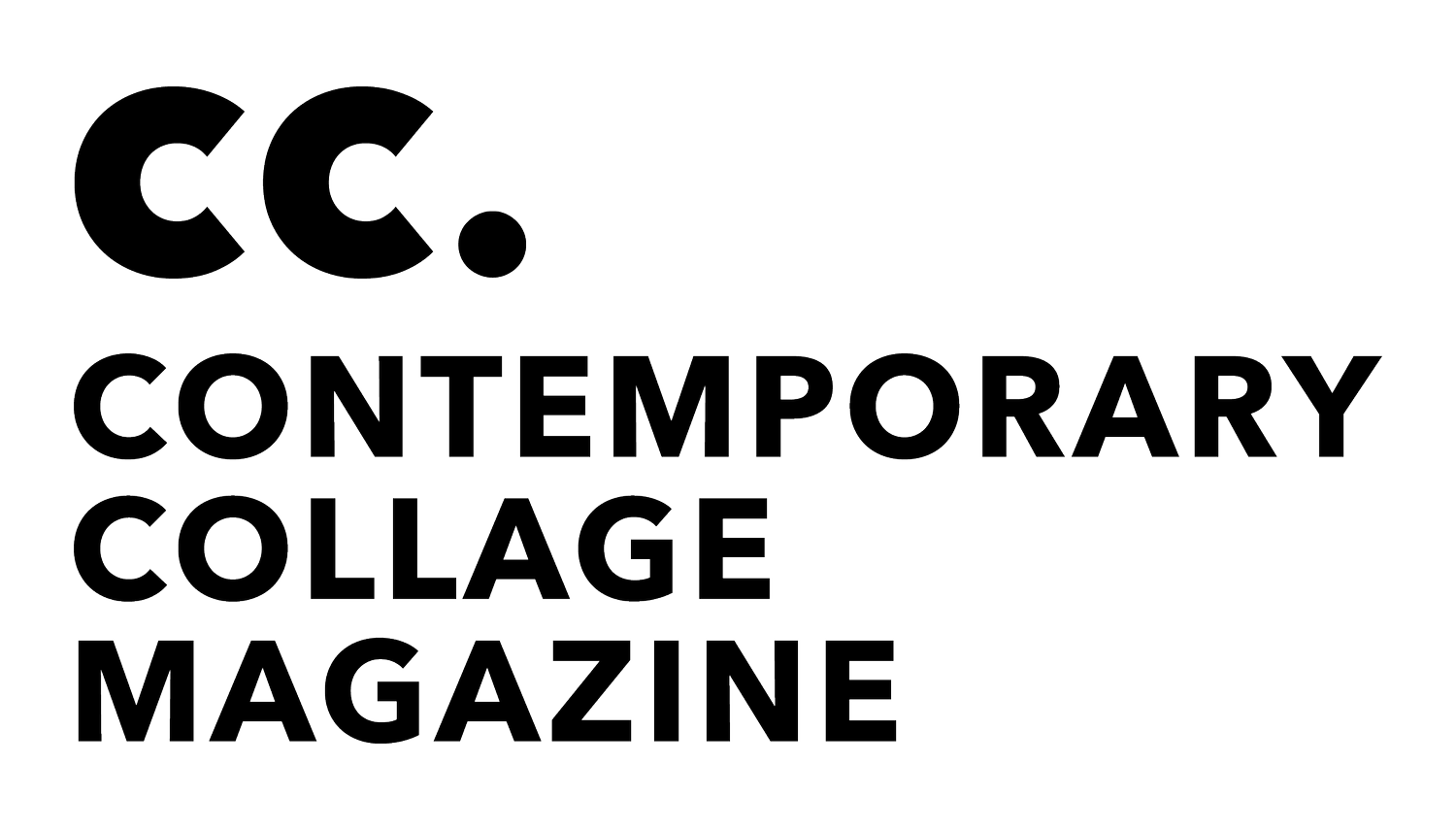The Spaces In-between
By Alan Rogers
Venice, Italy. Founded in the 5th century AD and spread over 118 small islands, Venice became the mistress of the seas linking East and the West, defining the relationship between Islam and Christianity between the 10th and 17th centuries. The whole city is an extraordinary architectural masterpiece in which even the smallest building contains works by some of the world's greatest artists such as Giorgione, Titian, Tintoretto, and Veronese. It is a perfect example of the dynamic interaction between people and the ecosystem of their natural environment and presents a complete typology of medieval architecture. These days, it is one of the most protected cities in the world and its UNESCO World Heritage Site status helps local and regional legislation maintain both the integrity of the layout and urban structure, and future-proof it for the inevitability of rising sea-levels with a series of enormously costly investments in controversial flood defence systems that close the entire lagoon off from the sea.
With a dwindling population, it is, in short, a living museum; one you can lose yourself in forever.
And for all of that, there is a surprising amount of contemporary urban collage: posters peeling in thick layers from years of continuous adhesion, graffiti – often political, hard or insulting, promotional stickers from new bands and DJs, and fly-posted notices advertising local services. Even more surprising is that very few of the 5.7 million tourists that visited in 2023 noticed any of it. To be fair, much of it isn’t aimed at them; the official concerts, festivals and exhibitions are advertised on official noticeboards, stamped with official seals of approval. But this is not the reason it goes unnoticed. Venice is a city with innumerable palaces, churches, monasteries, theatres and municipal piles. The number of illegal posters, stickers and graffiti that appears on their walls is almost zero; negligible would be an overstatement. It’s almost as if there exists a commonly held respect for the sanctity of history, or a very pragmatic understanding that a city which makes its money from tourism should somehow present its best face. The urban collage I’m referring to appears in the spaces in-between: on drainpipes, gas covers, portico beams, waste bins; in the dark connective alleys, around hidden corners. On and in everything that hasn’t been awarded protected status, basically.



Michel de Certeau, in the chapter “Walking in the City” from “The Practice of Everyday Life” argues that walking allows individuals to assert their agency in the face of oppressive urban structures. By moving through the city, individuals engage in a form of resistance, shaping their own paths and creating their own narratives. These narratives are illustrated exactly and precisely if you walk around Venice in search of these illicit community noticeboards. It is an analogue intra-net for the 49,000 that still live in the historical centre, plus a few of the 600,000 that live on the mainland around Mestre.
“If in discourse, the city serves as a mythic landmark for socioeconomic and political strategies, urban life increasingly permits the re-emergence of the elements that the urbanistic project excluded…beneath the discourses that idealize the city, the ruses and combinations of powers that have no readable identity proliferate; without points at which one can take hold of them, without rational transparency they are impossible to administer…one can follow the swarming activity of these procedures that, far from being regulated or eliminated by the panoptic administration, have reinforced themselves in a proliferating illegitimacy…”
- Michel de Certeau
What do we make of this, and what do we do with it, as artists? Is it a question of walking around the block, as Rauschenberg did in his early career, and assembling whatever comes to hand into the artwork of the day? Or is there a more active dialogue with the city to propose? A form of ‘Give and Take?’ My own responses revolve around this idea. In 2015, during November nights of Acqua Alta I walked the sestieri of Dorsoduro and San Polo dressed as a council worker and tore down all the left-hand posters on the official ‘double-poster’ sites for events of the summer season that were out of date (all of them). Back in the studio of the Scuola Internazionale di Grafica, I made large collages out of the material gathered, adding nothing extra, and took inspiration from the spaces and surfaces of this extraordinary city. I had the results printed at poster size and reposted them back on the billboard sites. There was no way of measuring whether anybody noticed; I suspect that nobody did. Yet, the process of working actively with collage in this way felt somehow complete and satisfying, like parentheses closed at both ends. I repeated the process, this time at the request of the Splash! Giudecca Arts Festival, who gave me a multi-billboard site, abandoned since Covid-19. The results were more dynamic and visually interesting, but the pieces were ripped from their housing after 3 days of work on site, and taken to the studio for further elaboration, from which they never returned.


I was cooking up a more ambitious sequel to these tentative steps in 2023, intending to post giant collaged portraits of the residents of Sant’ Elena on the outside wall of the Venice Biennale Giardini site, which is technically within the area of this small island community at the end of the historical centre. But someone beat me to it. A group of international students, as no doubt part of a radical action group, plastered the wall with huge composite images in the dead of night. Put up quickly with a glue that has not released its grip two years later, the lack of dialogue with both the architectural features of the building and the local residents felt like a wasted opportunity, the random aesthetic brutal and ugly. It was universally slammed and denounced across all local online networks and put pay to any other more considered future options. I felt cheated, sure, but it was also interesting; it made me challenge and confront why I liked certain public art (and public actions) but not others.
Utopia and dystopia; the contrasting themes that define our attitude to the modern city. The ripples that have been felt by collage artists after seeing Paul Citroen’s Metropolis (1923) and the Fritz Lang film that followed four years later. David Campany, in the Architectural Review, (July/August, 202) describes Citroen’s influential collage as:
“A teeming, kaleidoscopic vision of a modern city... intricate and meticulous, it combines around two hundred image fragments from newspapers and postcards. There are no gaps, no negative spaces, and every receding perspective is cut off abruptly, turning the composition into a jagged façade of seemingly infinite architecture. The eye runs amok, although there is an underlying order.” He goes on to say “Collage allows fragments to be brought together in ways that suggest affinities and resonances, while highlighting the disjunctures. Perhaps even more than drawing, collage can allow even an untrained maker to get to something profound without the barrier of technique... plus, of course, collage is by its nature promiscuous and adaptable... There is no shortage of material.”
Our detritus is everywhere. Collage artists often practice a form of tacit recycling; it may not be the raison d’etre of the work, but it gives us a solid connection to a form of ‘give and take’ (or more accurately take and give back) with the city and imbues a small sense of satisfaction amongst many of us. We’re somehow making something ‘worthwhile’ out of our collective waste. Campany says “We must have our way with images, or they will have their way with us.” We have to take on the city and re-present it back to planners as lived experience.
I leave the last words in this short essay/blogpost to Certeau:
“I would like to follow out a few of these multiform, resistant, tricky and stubborn procedures that elude discipline without being outside of the field in which it is exercised, and which should lead us to a theory of everyday practices, of lived space, of the disquieting familiarity of the city”.


Get involved! If you’d like to contribute to the CC. Blog, send your ideas to : hello@contemporarycollagemagazine.com
Enjoying the CC. Blog? Support us for as little as £1 per month
